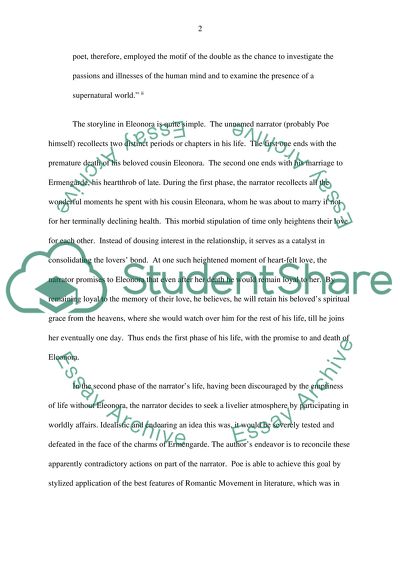Cite this document
(“Edgar Allen Poe and Sigmund Freud (The Uncanny) Essay”, n.d.)
Retrieved from https://studentshare.org/english/1465266-edgar-allen-poe-and-sigmund-freud-the-uncanny
Retrieved from https://studentshare.org/english/1465266-edgar-allen-poe-and-sigmund-freud-the-uncanny
(Edgar Allen Poe and Sigmund Freud (The Uncanny) Essay)
https://studentshare.org/english/1465266-edgar-allen-poe-and-sigmund-freud-the-uncanny.
https://studentshare.org/english/1465266-edgar-allen-poe-and-sigmund-freud-the-uncanny.
“Edgar Allen Poe and Sigmund Freud (The Uncanny) Essay”, n.d. https://studentshare.org/english/1465266-edgar-allen-poe-and-sigmund-freud-the-uncanny.


